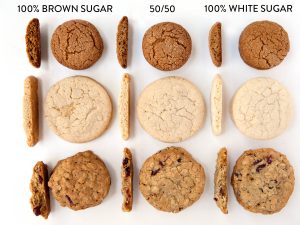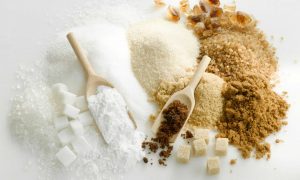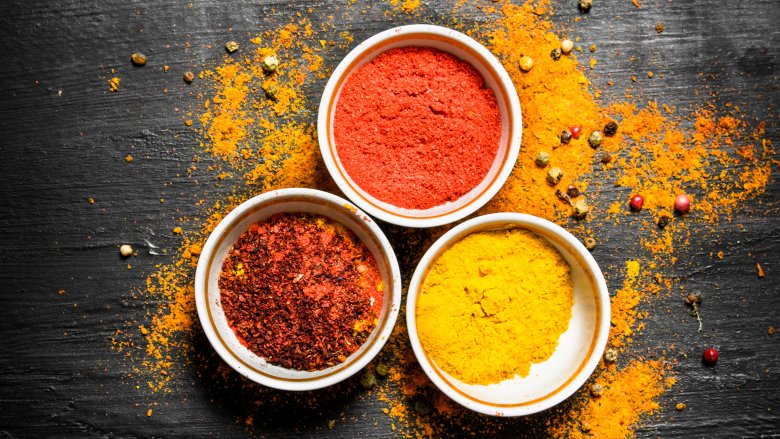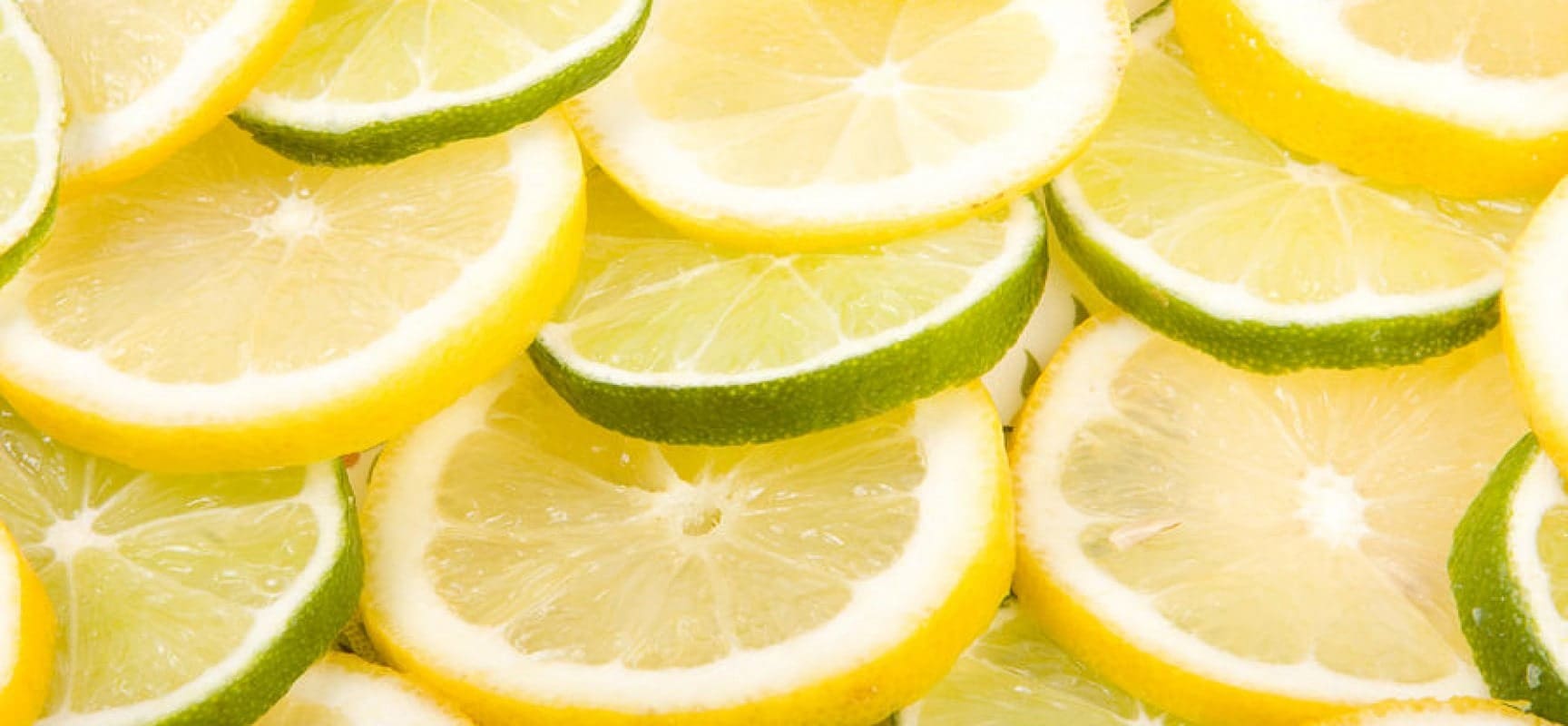What is the difference between brown sugar and white sugar?
White sugar is a natural substance that has been used in people’s diets in syrups, jams, cakes, and beverages for thousands of years and is one of the substances that has a lot of calories, even in small amounts.
granulated sugar = table sugar = White sugar
There are generally two types of sugar: brown and white. In this article, we will compare the two to help you choose one of the two.

Differences in the nutritional value of brown and white sugar:
Because white and brown sugar are made from the same product, sugarcane or sugar beet are quite similar. Most browns are a mixture of white and nectar, a type of sugar syrup, and nectar is responsible for darkening the color and slightly increasing its nutritional value.
The most crucial dietary difference between the two is that brown sugar contains small amounts of calcium, iron, and potassium.
It is said that the amount of these minerals in brown sugar is small, so it is not a good source of vitamins or minerals. Also, brown sugar contains fewer calories than table sugar. One teaspoon (4 grams) of brown sugar has 15 calories, while the same amount of table sugar has 16.3 calories. Apart from these slight differences, they are similar in nutritional value, and the main difference is in their taste and color.
How to produce both types of sugar:
Sugar is produced in the tropics by making the first sugarcane or sugar beet.
Both plants go through the same process to produce sugar. However, the methods used to convert it into white and brown sugar are different.
First, both products’ freshwater is extracted, filtered, and heated to form a thick brown syrup called molasses.
The crystallized sugar is then centrifuged to produce sugar crystals. A centrifuge is a widely used device to separate sugar crystals from molasses; then, white sugar is processed to remove excess molasses and create smaller crystals. Subsequently, this is done through a filtration system often used with crushed animal bones to form table sugar. It should be noted that refined brown sugar is the same white type that molasses are added to. Meanwhile, unrefined brown sugar is less processed than granulated sugar, allowing it to retain some molasses and its natural brown color.

Uses in the kitchen:
White and brown sugar can be used in a variety of cooking methods. While they can sometimes be used interchangeably, this may depend on the final product’s color, taste, or texture.
Molasses in brown sugar retains moisture, so using it will help your food cook.
For example, a cookie made with brown sugar will be moist and compact, while a cookie made with white sugar will cause the cookie texture to swell.
This is why granulated sugar is used in many baked goods that require puffing.
They are different in color and taste, which is the main difference.
The main difference between white and brown sugar is its taste and color. Substituting brown sugar for table sugar in recipes affects the color of food and changes it to brown or light brown.
Conversely, cooking with granulated sugar results in a light-colored product.
White and brown sugar each have a unique profile. Brown sugar has a strong caramel or vegetable flavor due to the added molasses. For this reason, they are helpful in chocolate cakes and cookies.
On the other hand, white sugar is sweeter, so you can use less to achieve the desired taste. Its neutral flavor makes it a versatile ingredient in baking pastries and cakes.

Which do you choose?
The choice of white or brown sugar depends on your taste because taste and color are the main difference. Although brown sugar contains more minerals than granulated sugar, these minerals are so tiny that it has no health benefits.
Importantly, sugar is thought to be a factor in the prevalence of obesity and significant diseases, including type 2 diabetes and heart disease. For this reason, it is recommended that you do not consume more than 5 to 10 percent of your daily calories from sugar.
Related searches
difference between brown and white sugar :
Since brown and white sugars are from sugarcane and sugar beet, their nutritional value is quite similar. (Interestingly, 80% of sugar is made from sugarcane and 20% from sugar beet.) Brown sugar is a mixture of white sugar and molasses (a type of sugar syrup that darkens the color of brown sugar). Molasses increases the nutritional value of racemic brown sugar. One of the most important nutritional differences between white sugar and brown sugar is that brown sugar has higher levels of calcium, iron, and potassium. Coffee sugar also has slightly fewer calories than white sugar. One teaspoon (4 grams) of brown sugar has 15 calories, while the same amount of white sugar contains 16.3 calories. Apart from these slight differences, they are almost identical in nutrition and their main difference is in their different taste and color.
what is brown sugar used for :
Brown sugar can be used in various ways in cooking and confectionery. In this type of sugar, molasses retain the moisture of the product and make the product softer and denser.
brown sugar vs white sugar sweetness :
The most important difference between the two diets is that brown sugar is low in calcium, iron, and potassium.
white sugar vs brown sugar :
The most important difference between the two diets is that brown sugar is low in calcium, iron, and potassium.
brown sugar vs white sugar baking :
is brown sugar healthier than white sugar :
Brown sugar is a sugar that is processed in the first stage of sugarcane. Brown sugar contains 93% sucrose. White sugar, on the other hand, have higher levels of sucrose, about 97%. The lower the amount of sucrose, the more minerals there are in brown sugar. However, this amount is small and this small amount does not meet the daily needs of the body at all. So they choose it only for its taste, not because it is healthier than white sugar.
brown sugar made from :
In recent decades, skilled scientists have used a combination of refined natural sugar and a thin layer of molasses to produce a type of sugar called brown sugar. People in the Middle East and Asia became acquainted with edible brown sugar produced in Europe about a decade ago.
Consumable brown sugar is made from sucrose (refined sugar) with special molasses in a thin layer that settles on the particles. This product has a wide range of variety.
brown sugar vs cane sugar:
Brown sugar is a sugar that is processed in the first stage of sugarcane. Brown sugar contains 93% sucrose. White sugar, on the other hand, have higher levels of sucrose, about 97%. The lower the amount of sucrose, the more minerals there are in brown sugar. However, this amount is small and this small amount does not meet the daily needs of the body at all. So they choose it only for its taste, not because it is healthier than white sugar.
brown sugar benefits and side effects :
1. A good source of energy
Brown sugar contains simple carbohydrates (glucose) that quickly supply energy to the body and brain. (Glucose is a source of energy for the brain).
2. Contains minerals
Brown sugar has a higher percentage of minerals such as calcium, iron, and potassium than white sugar, especially when consumed in healthy amounts.
3. Multiple applications
In some cases, brown sugar is used to add flavor, texture, and color to cooked products and to balance the acidity of some foods, such as ketchup and other sauces.
4. Skincare
Brown sugar is widely used for skincare and beauty and is used in many cosmetics. This sugar softens dead skin cells and makes the skin radiant and clear. In addition, it has hydrating properties and treats dry skin.
5. Fitness
This type of diet sugar is very suitable for people who want to lose weight. Brown sugar has fewer calories and less sugar and can replace white sugar.
6. Asthma prevention
One of the essential benefits of brown sugar is reducing the risk of asthma. People with asthma are advised to substitute brown sugar for white sugar because brown sugar has anti-allergic properties.
7. Improve colds
Brown sugar is a very effective treatment for colds and has been used for a long time. When you have a cold, you can mix some brown sugar and boiling water with some ginger and enjoy it hot.
8. Relieve constipation
Decoction of ginger and brown sugar is also very effective in treating constipation.
9. Helps with uterine contractions
Brown sugar has long been used to treat uterine pain and uterine contractions and reduce its symptoms.
What is brown sugar? – video
Also Read:
What are the side effects of consuming pistachios?










